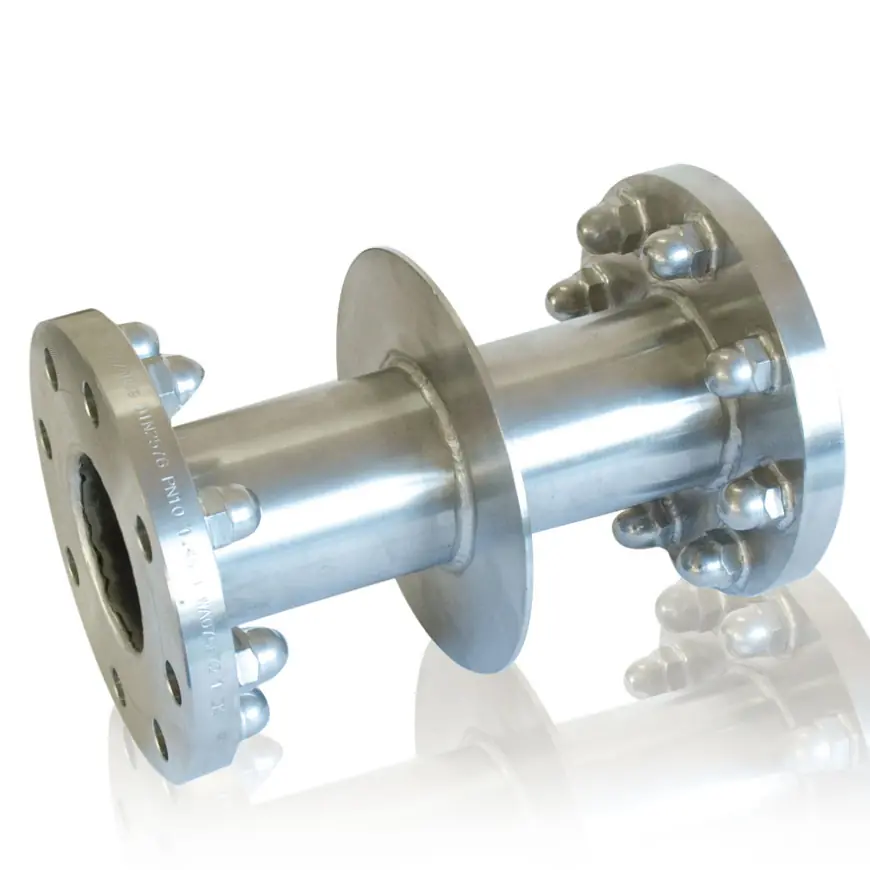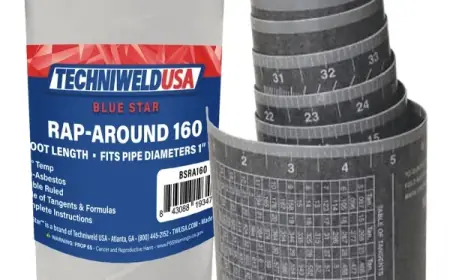Puddle Flange – Essential for Leak-Proof Construction
Learn everything about puddle flanges, including their design, benefits, and installation in water, sewage, and drainage systems. Find out why they are essential for leak-proof construction.

In construction and infrastructure development, even the smallest components can make the biggest difference. One such example is the puddle flange – a simple yet critical component that prevents water leakage where pipes pass through concrete structures.
Whether in basements, tunnels, dams, or sewage systems, puddle flanges ensure long-term waterproofing and structural protection. This blog explores puddle flanges in detail – their design, materials, features, benefits, applications, and installation process.
What is a Puddle Flange?
A puddle flange is a circular sealing ring installed around a pipe to prevent water or fluid seepage where the pipe passes through a concrete wall, slab, or foundation.
It is embedded in the concrete during construction, forming a watertight barrier that stops water from traveling along the outer surface of the pipe.
Unlike regular pipe fittings, a puddle flange does not control fluid flow inside the pipe. Instead, it protects the surrounding structure from leakage and seepage.
How Does a Puddle Flange Work?
The working principle of a puddle flange is simple:
-
When concrete is poured around the pipe and flange, the flange creates a mechanical barrier.
-
Water pressure that would normally travel along the outside of the pipe is blocked by the flange.
-
The ribbed or grooved design of the flange ensures maximum grip with concrete, improving sealing effectiveness.
This ensures that underground structures remain safe from seepage and hydrostatic pressure.
Materials Used in Puddle Flanges
Puddle flanges are available in a variety of materials, depending on the application:
-
Stainless Steel (SS 304 / SS 316):
-
High resistance to corrosion.
-
Ideal for potable water and aggressive environments.
-
-
Carbon Steel:
-
Strong and affordable.
-
Coated to resist rust and corrosion.
-
-
Ductile Iron:
-
Heavy-duty and durable.
-
Suitable for water and sewage pipelines.
-
-
PVC / HDPE:
-
Lightweight and economical.
-
Easy to install in residential and light-duty systems.
-
Key Features of Puddle Flanges
-
Leak-Proof Sealing: Prevents water penetration through pipe-concrete interfaces.
-
Custom Sizes: Available for different pipe diameters.
-
Durable Construction: Designed to withstand hydrostatic pressure.
-
Corrosion Resistance: Especially when made of stainless steel or coated steel.
-
Maintenance-Free: Once installed, requires no upkeep.
-
Versatile Applications: Suitable for water, wastewater, and chemical pipelines.
Benefits of Using Puddle Flanges
Puddle flanges are widely preferred because they offer:
-
Complete Waterproofing – Prevents leakage in basements, tunnels, and foundations.
-
Cost Savings – Reduces long-term maintenance and repair costs.
-
Durability – Withstands pressure and remains effective for decades.
-
Versatility – Suitable for water supply, sewage, drainage, and industrial pipelines.
-
Easy Installation – Can be installed during concreting without specialized tools.
-
Structural Protection – Prevents damage caused by seepage and moisture ingress.
Applications of Puddle Flanges
Puddle flanges play a critical role in many industries and projects:
-
Basement Construction: Prevents groundwater from entering building foundations.
-
Sewage Treatment Plants: Ensures watertight sewage pipelines.
-
Water Treatment Facilities: Provides sealed connections for water pipes.
-
Tunnels and Underground Parking: Protects against seepage under high pressure.
-
Dams and Reservoirs: Prevents leakage through concrete structures.
-
Industrial Plants: Used in chemical, oil, and power industries for safe sealing.
Installation of Puddle Flanges
The success of a puddle flange depends largely on proper installation. The steps include:
-
Preparation: Clean the pipe surface and mark the flange position.
-
Placement: Fit the puddle flange securely on the pipe.
-
Fixing: Ensure the flange does not move during concreting.
-
Concreting: Pour concrete around the pipe and flange, filling voids completely.
-
Final Check: Inspect alignment and sealing for accuracy.
Tip: Always use trained professionals for installation to ensure long-term performance.
Standards and Quality Assurance
Reputed puddle flange manufacturers follow international quality standards, including:
-
ISO certifications for product consistency.
-
Hydrostatic pressure testing to check leakage resistance.
-
Material testing for corrosion and strength.
-
Dimensional accuracy checks to ensure perfect fit.
Puddle Flange vs. Other Waterproofing Methods
While sealants and gaskets can provide short-term waterproofing, they often degrade over time.
Puddle flanges, however, provide a permanent mechanical barrier, making them far more reliable for long-term use in critical infrastructure.
Maintenance of Puddle Flanges
One of the main advantages of puddle flanges is that they are virtually maintenance-free. Once embedded in concrete, they provide permanent sealing without the need for routine servicing.
However, regular structural inspections are recommended to ensure overall waterproofing integrity.
Selecting the Right Puddle Flange
When choosing a puddle flange, keep in mind:
-
Pipe size and diameter
-
Application type – water, sewage, or chemicals
-
Material requirement – stainless steel, ductile iron, PVC, etc.
-
Pressure conditions – low, medium, or high pressure
-
Project environment – residential, commercial, or industrial
Future Outlook
With urbanization and growing infrastructure needs, puddle flanges will continue to play a vital role in leak-proof construction. Future innovations include:
-
Advanced polymer-based flanges for lightweight applications.
-
High-performance coatings for extra corrosion resistance.
-
Custom-engineered solutions for complex underground structures.
Conclusion
A puddle flange is a small but vital component that ensures water-tightness in construction projects. By forming a permanent seal around pipes passing through concrete, it prevents leakage, protects structural integrity, and reduces long-term maintenance costs.
From residential basements to massive dams, puddle flanges are indispensable in modern construction. Choosing the right material and ensuring correct installation guarantees a leak-proof and durable solution for decades.
For engineers, contractors, and builders, puddle flanges remain the most reliable choice for waterproofing and structural safety.
What's Your Reaction?
 Like
0
Like
0
 Dislike
0
Dislike
0
 Love
0
Love
0
 Funny
0
Funny
0
 Angry
0
Angry
0
 Sad
0
Sad
0
 Wow
0
Wow
0




















































